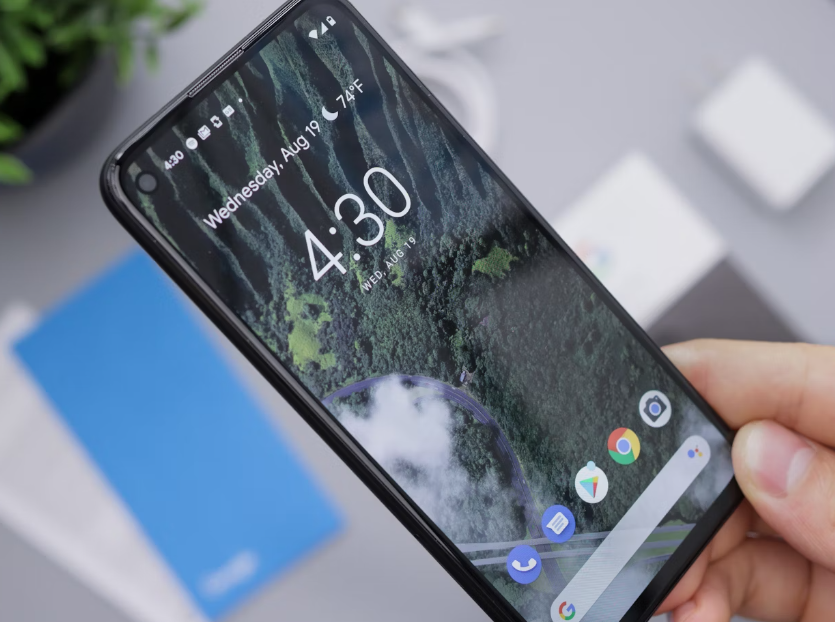In today’s connected world, losing cell service can be frustrating and even alarming, especially during emergencies or in remote locations. However, advances in satellite technology now enable users to make calls and send texts even when traditional cellular networks are down. Both iPhone and Android users can access these satellite communication options, ensuring they stay connected regardless of their environment. This guide will explore how to utilize satellite communication for calls and texts on both platforms, including available services, necessary equipment, and practical steps to follow.
Table of Contents
Understanding Satellite Communication
Satellite communication operates on a different principle than traditional cellular networks. Instead of relying on ground-based cell towers, satellite communications use satellites orbiting the Earth to transmit signals. This technology provides coverage in remote areas where cellular signals may be weak or nonexistent, such as mountains, forests, or offshore locations.
Types of Satellite Communication Services
- Dedicated Satellite Phones: These are specialized devices designed specifically for satellite communication. They offer robust connectivity in remote areas but can be expensive to purchase and operate.
- Satellite Messaging Apps: Some smartphones are now equipped to send texts via satellite using dedicated apps. These apps require a compatible satellite device or service to function.
- Hybrid Devices: Some modern smartphones can connect to satellite networks through specialized hardware attachments, allowing users to send texts and make calls without needing a separate satellite phone.
Using Satellite Communication on iPhone and Android
Step 1: Choose a Satellite Service Provider
Before you can start using satellite communication on your smartphone, you need to choose a service provider that offers the features you require. Some popular options include:
- Iridium: Known for global coverage, Iridium offers dedicated satellite phones and data services. It is ideal for those who frequently travel to remote areas.
- Globalstar: Offers satellite phones and messaging services. Globalstar’s coverage is extensive but may have some limitations in specific regions.
- Inmarsat: Provides satellite communication solutions, including voice and data services. Inmarsat is often used in maritime and aviation sectors.
- Satellite Messaging Apps: Apps like Zoleo and Garmin inReach allow users to send texts and track locations using satellite networks. These apps often require a subscription and a compatible device.
Step 2: Equip Your Device
For iPhone and Android users wanting to utilize satellite communication, you will likely need additional hardware or apps, depending on the chosen service provider.
- Satellite Phone: If you opt for a dedicated satellite phone, simply follow the provider’s setup instructions. These devices are generally user-friendly and designed for straightforward operation.
- Satellite Messaging Devices: If you prefer using an app, you may need to purchase a satellite messenger device that pairs with your smartphone. These devices often connect via Bluetooth and allow you to send messages through the app.
- Hybrid Solutions: Some smartphones support hybrid solutions that let you use existing features alongside satellite services. Research compatibility with your device and ensure you have the necessary attachments.
- Zoleo: Provides global messaging services via satellite. It offers seamless integration with your smartphone and can send and receive texts even in areas without cell service.
- Garmin inReach: This app allows users to send texts, track locations, and even trigger an SOS in emergencies. It requires a compatible Garmin device for full functionality.
Step 4: Set Up Your Account
Once you have your device and app ready, set up an account with your chosen satellite service provider. This often involves:
- Creating an Account: Sign up with your email and choose a password. Some providers may also require you to select a subscription plan.
- Pairing Your Devices: If using a satellite messenger, ensure that your phone is paired with the device via Bluetooth. Follow the app instructions to establish a connection.
Step 5: Sending Messages and Making Calls
Now that you are set up, you can begin sending messages and making calls via satellite.
- Using Messaging Apps: Open the app and compose your message. Make sure you have a clear view of the sky, as this will improve your satellite signal. Click send, and your message will be transmitted via satellite.
- Making Calls: If you’re using a satellite phone, simply dial the number as you would on a regular phone. Satellite phones typically require a clear line of sight to the sky to maintain a connection.
Step 6: Stay Prepared for Emergencies
In addition to regular communication, satellite services can be crucial in emergencies. Many satellite messaging devices come equipped with SOS features that allow you to send distress signals to emergency services. Ensure you familiarize yourself with these features and keep your device charged and accessible, especially when venturing into remote areas.
Conclusion
Satellite communication provides a reliable alternative for staying connected when traditional cellular networks are unavailable. By understanding how to utilize satellite services on your iPhone or Android device, you can ensure that you remain in touch with loved ones and emergency services, even in the most remote locations.
Choosing the right service provider, equipping your device with the necessary tools, and following the steps outlined in this guide will empower you to make calls and send texts via satellite. Whether you’re an adventurer exploring off the beaten path or someone who frequently travels to areas with limited cell coverage, mastering satellite communication can enhance your safety and connectivity in an increasingly unpredictable world.
